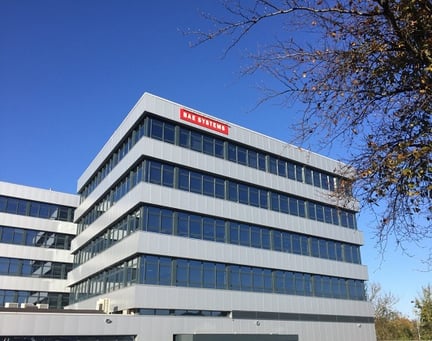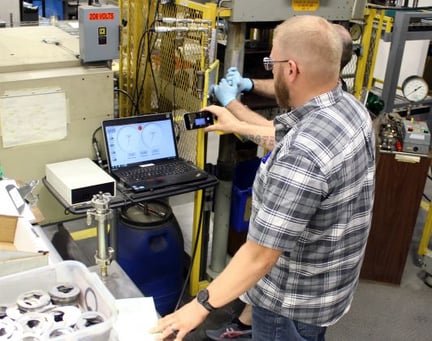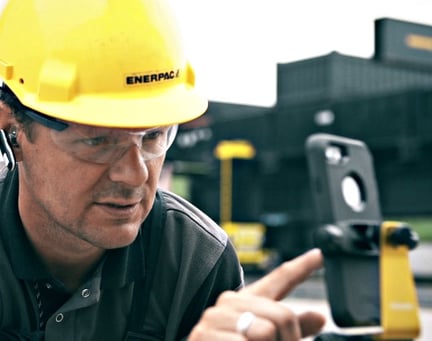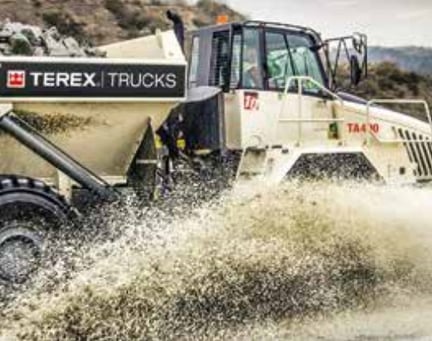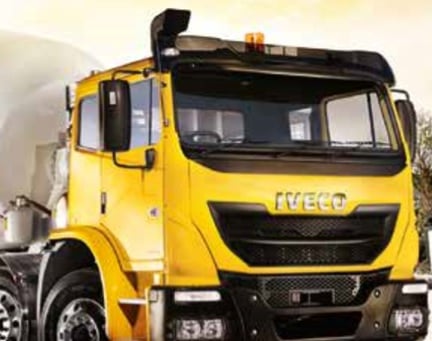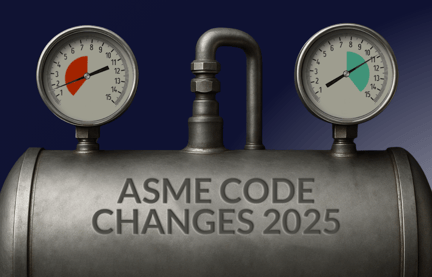When considering CE marking for pressure equipment, a manufacturer might wonder which directive his asset falls under: The Pressure Equipment Directive or the Machinery Directive.
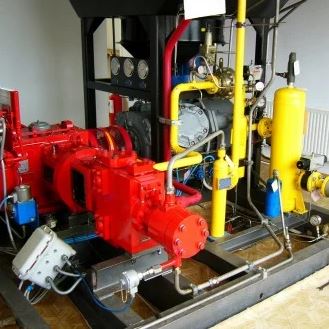 When considering CE marking for pressure equipment, a manufacturer might wonder which directive their asset falls under: The Pressure Equipment Directive or the Machinery Directive. After all, several products could meet the definition of both equipment and machine.
When considering CE marking for pressure equipment, a manufacturer might wonder which directive their asset falls under: The Pressure Equipment Directive or the Machinery Directive. After all, several products could meet the definition of both equipment and machine.
An example of this would be a pump or a compressor. The pressure is higher than 0.5 bar (Pressure Equipment Directive), there is a combination of moving parts with a certain function and it’s intended to be provided with a drive system (Machinery Directive).
The answer to this question has to do with the nature and seriousness of the risks related to pressure or mechanical hazards. There are situations where only the Pressure Equipment Directive applies, situations where only the Machinery Directive is applicable, but also situations where both apply.
Only Pressure Equipment Directive
The Machinery Directive specifies in article 3 the following:
Where, for machinery, the hazards referred to in Annex I are wholly or partly covered more specifically by other Community Directives, this Directive shall not apply, or shall cease to apply, to that machinery in respect of such hazards from the date of implementation of those other Directives.
Only Machinery Directive
The explanatory notes from “Guide to application of the Machinery Directive 2006/42/EC” do specifically address the Pressure Equipment Directive:
In accordance with Article 3, the PED is applicable, for the pressure hazards, to pressure equipment within its scope that is incorporated into or connected to machinery.
Pressure equipment classified as no higher than category 1 that is incorporated into machinery in the scope of the MD is excluded from the scope of the PED. The MD is thus fully applicable to such equipment.
The Machinery Directive covers the pressure related hazards in a sufficient manner, through the essential safety requirement stated in 1.3.2. of annex I of the MD, "risk of break-up during operation."
The declaration of conformity will not make mention of the Pressure Equipment Directive, even though it may well be that the basic safety principles of annex I of the PED have been applied to achieve the desired level of safety.
This also applies for equipment that does not exceed Category I and which is independently placed on the market, where the equipment is intended for installation in a machine. The manual will contain the necessary instructions for installation.
Both Pressure Equipment Directive and Machinery Directive
Of course, there are also many instances where a product is subject to both (and often even more) Directives. A machine which has pressure equipment installed that is in a higher category than I, will have to comply with both directives. The observance of basic health and safety requirements of both directives is the appropriate way to achieve the required safety level, both for the risks resulting from pressure, as for the mechanical hazards.
The final declaration of conformity will make mention of conformity with both (or multiple) directives.
When pressure equipment is independently placed on the market and is built into a machine, then the machinery manufacturer should incorporate the Declaration of Conformity of the supplier of the pressure equipment into his Technical File.
If you’d like to stay up to date on future articles about EC Directives, register to receive updates here. For more information about getting your equipment PED or MD certified, contact your local LRQA office.
